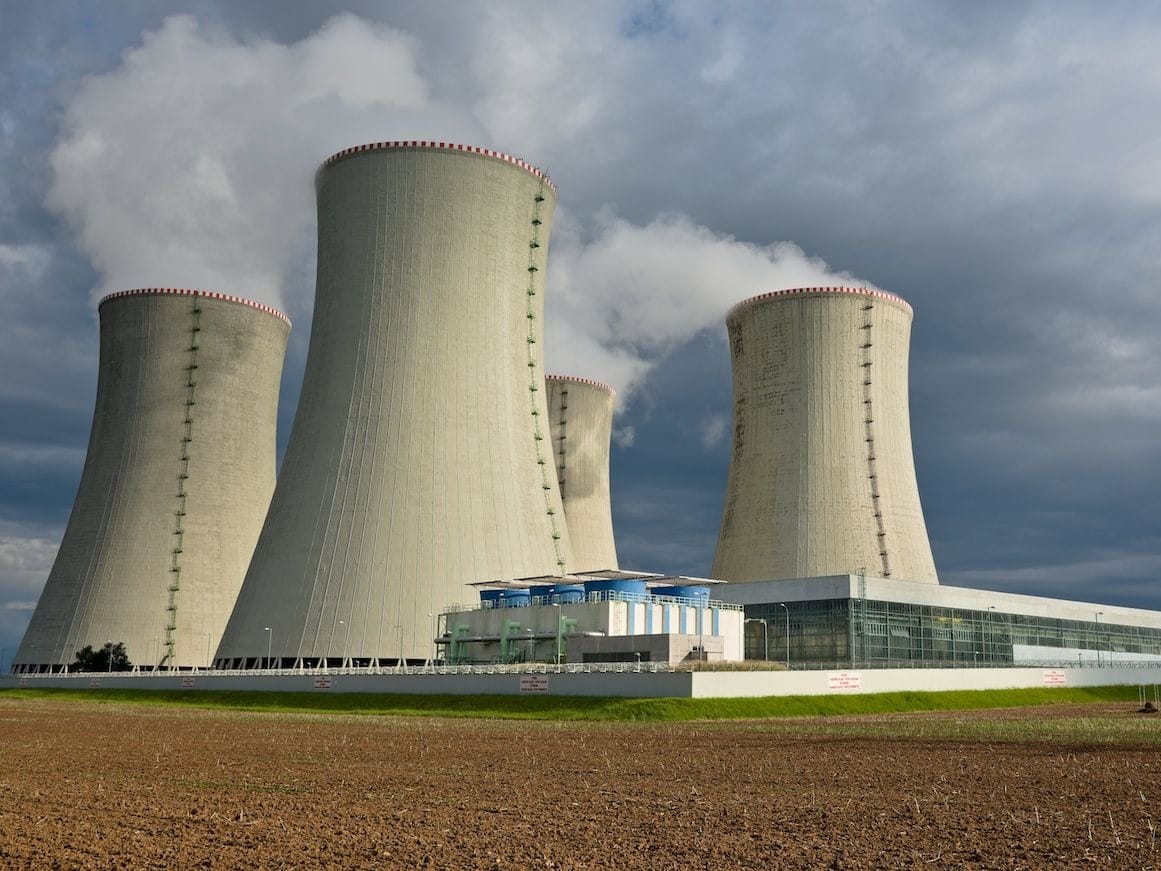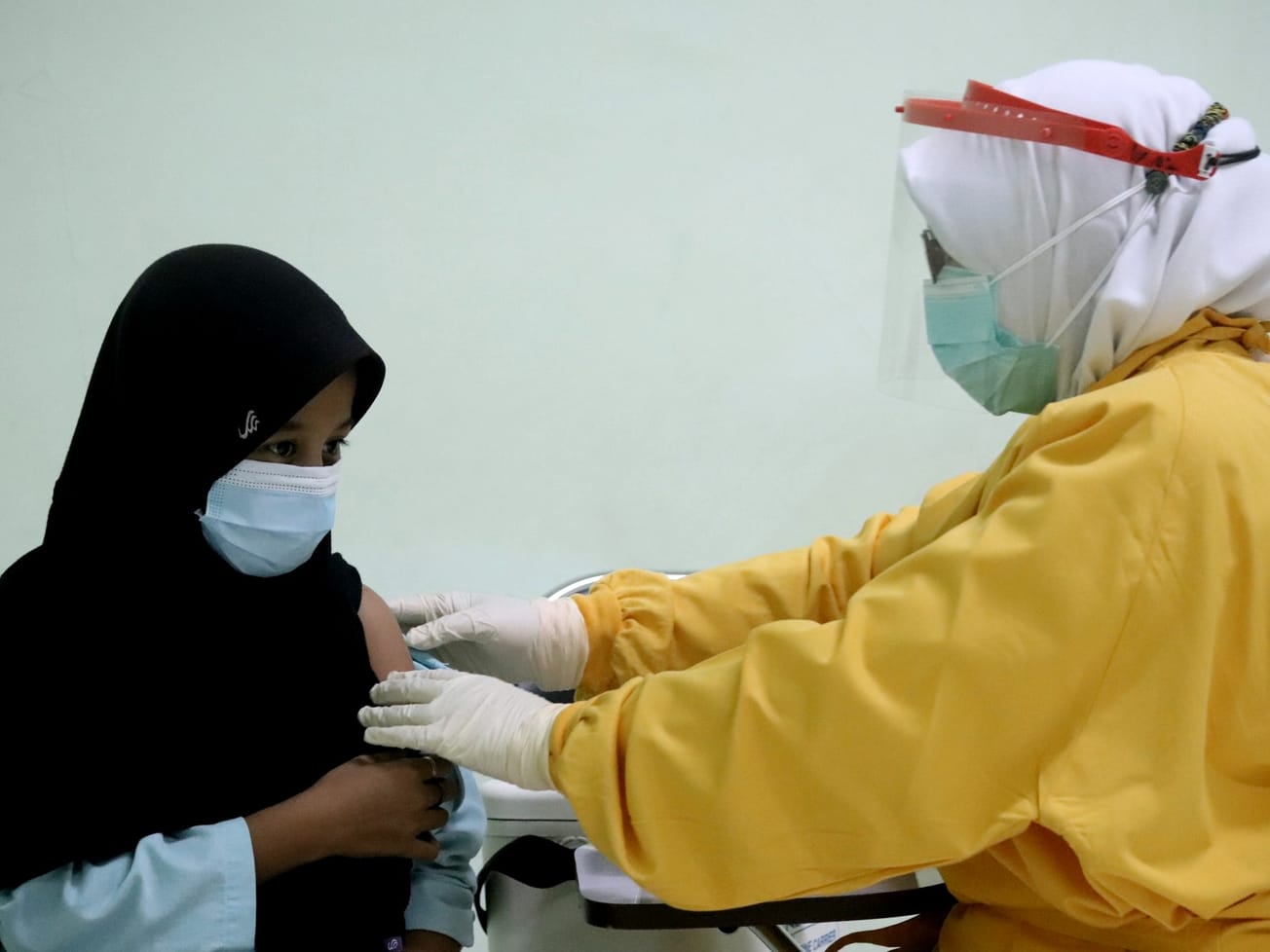Days after the Doomsday Clock moved closer to the symbolic hour of apocalpyse, the World Health Organization released an updated list of medicine and other items for nations to stockpile in case of a radiological or nuclear emergency.
WHO's new policy advice on Friday for catastrophic radiation exposures comes near the one-year mark of Russia's war in Ukraine, which has raised the risk of a nuclear confrontation with the West.







